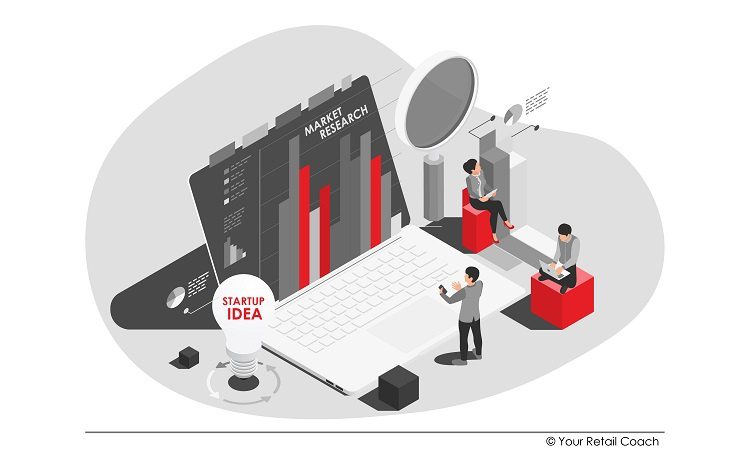A secret to success every start-up should understand
Secondary market research revolves around the collection of market statistics, demand, and supply curves for the past few years, decoding the recipes of your market competitors’ success, gathering the stats about projected industry forecasts, etc. It is usually done by researching the realise information that currently exists in the market and has been put out there by some other interested party on the internet.
Understanding the Demand
In simple terms, consumer demand can be termed as the willingness and capacity of customers regarding purchasing goods of a certain amount. In other words, desire must be coupled with purchasing power to transform the same into effective demand. Secondary research has a great impact on understanding the demand of consumers. Marketers implement this research approach to address the needs of their target market. According to a YRC expert, “Our sales and marketing team promotes the products and services primarily based on the attributes of demographics and culture after collecting the much-needed information from secondary research.”
Understanding your target Market
After thoroughly understanding the nooks and crannies that your online business has to offer, you can start your entrepreneurial venture and focus on making the products and their promotions much more buyer-oriented and keep your prices at the most competitive prices imaginable.
Decoding Competitors
After setting up your business, you must be eager to the ones operating in your industry. Secondary research is invaluable for decoding market competitors. With the data in hand, you will know how your business is stacked up from the customer’s perspective. The methods of collecting secondary data for research in business gives you a scope to differentiate your product from the crowd while capitalising on their strengths and weaknesses. Anticipating their movements also becomes easier for you. In this way, you can adapt to their marketing campaigns within a short period and stay ahead of industry trends while selling your product more effectively.
Product Pricing
Appropriate secondary market research for starting a new business allows any business to grasp the market situation, demand, and supply, creating an optimal product pricing. Selling a common product at a price much higher than the competition inconveniences the parent company, while selling it too cheap might hurt business. Variable pricing and product discounts based on market situations enable the company to score better in terms of profitability and sustain its growth.
Prioritise regions and product launch
In the case of India, regions vary widely in their language, culture and preferences. Prioritising the launches of relevant products at specific regions, especially while keeping in mind the local customs, festivals, and market requirements can be quite profitable. This is one of the reasons why market research is important for business, as it helps to locate such relevant information that is otherwise unavailable.
Adopting the industry best practices
Adopting the industry best practices ensures that your company will not face any legal issues or corporate defamation. In this day and age of social media escalations, the minutest of errors can land a company’s value and integrity in jeopardy. An aptly performed secondary market research ensures the required support by experienced people who know the industry best practices inside out.
About YRC
As you need to run your online business and create those awesome products, we realize that it is indeed very hectic to understand the nooks and crannies of why market research is important for business, let alone handle the entire thing all by yourself. That is the reason why you can opt for services from expert management data research firms like YRC and enlist their assistance to do that extremely important job of market research for starting a new business online. But most importantly, by allowing YRC to pull up the right methods of collecting secondary data for research in the business of yours, and to follow them closely on your behalf, you will gain the years of expertise and knowledge that YRC has to offer in the particular market segment you are operational in. Globally and over the years, YRC has empowered many startups and established businesses across many market niches enough to gain a firm footing in the market segment that they are operating in.







